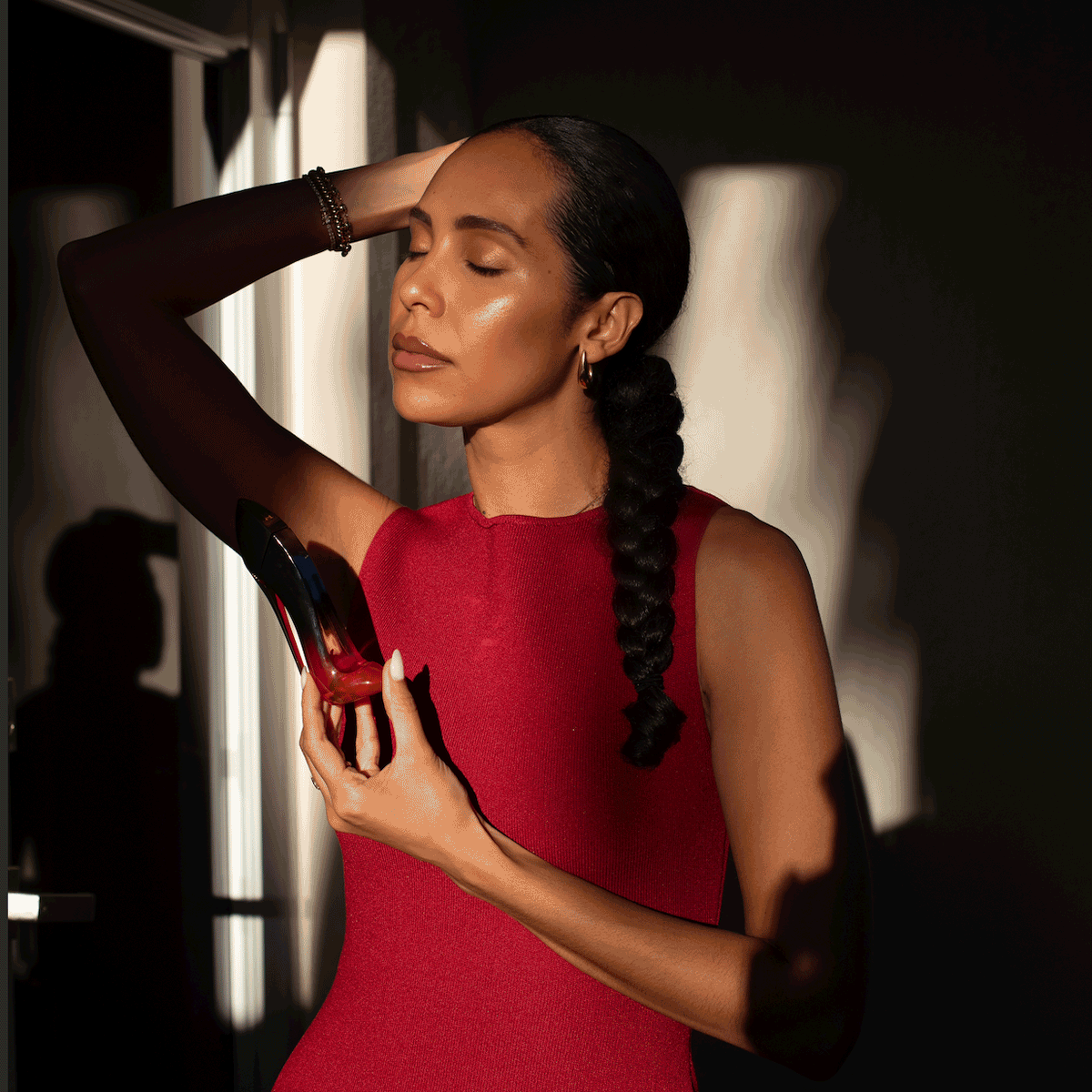I'm a 25-Year-Old Cancer Survivor—This Is My Wellness Routine
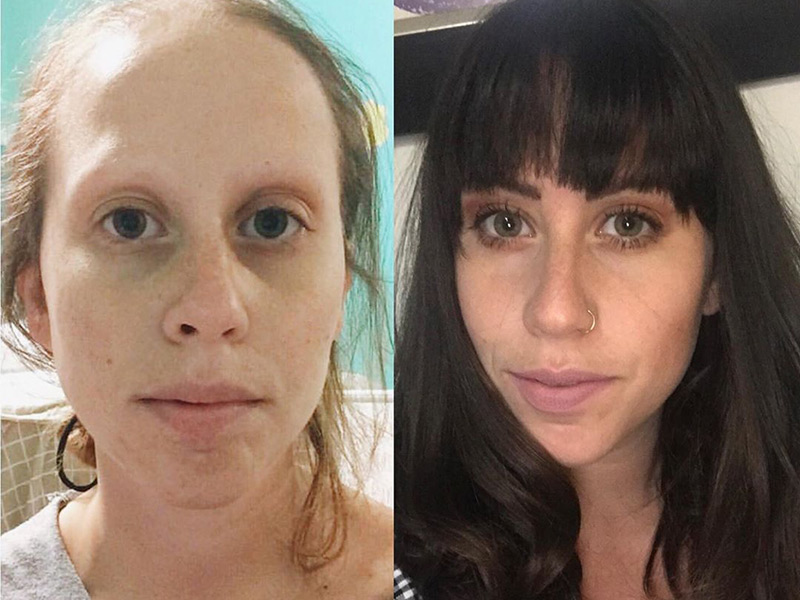
When I was diagnosed with lymphoma in 2015, I knew that I wanted to take a complementary approach to healing during and after my treatment. After thorough conversations with my family and healthcare team, we knew that getting chemo was my best chance at surviving and thriving post-cancer. After chemo, four years later to be exact, I still experience some long-term side effects from it. These side effects include, but aren't limited to, shortness of breath, fatigue, neuropathy, and more.
In seeking avenues to address my healing in this second chance I've received, I discovered four Eastern medicine therapies and treatments that make me feel truly healthy and aligned. I don't think you have to be a cancer survivor to receive or practice these treatments. Quite the opposite. My case is extreme, but these practices might be beneficial for anyone looking to relieve discomfort associated with a variety of diseases and conditions like dental pain, headaches, labor pain, lower-back pain, neck pain, menstrual cramps, and so much more. In fact, the American College of Cardiology found that traditional Chinese medicine might be effective as a complement or alternative to traditional Western medicine for heart disease.
Of course, before you start any new treatment, you'll want to do your research, which could involve discussing with a healthcare professional to find out the right method for you or if there are any risk factors involved. And make sure you go to a trusted facility or work with a licensed practitioner to ensure you are getting the safest care.
Acupuncture
I recently had my first acupuncture session and cupping add-on with Mona Dan at Vie Healing. I woke up the morning of my session with a severe cold and let Dan know that I wanted to focus on my immunity, among my other health issues, in our session. Just 24 hours after our session, my cold had completely gone away.
Traditional Chinese medicine views acupuncture as a technique for balancing the flow of energy or life force. The National Center for Complementary and Integrative Health (NCCIH) says more research needs to be done on the healing effects, but many studies state that it can help chronic pain in your back, neck, and knees. It might also help with headaches and migraines.
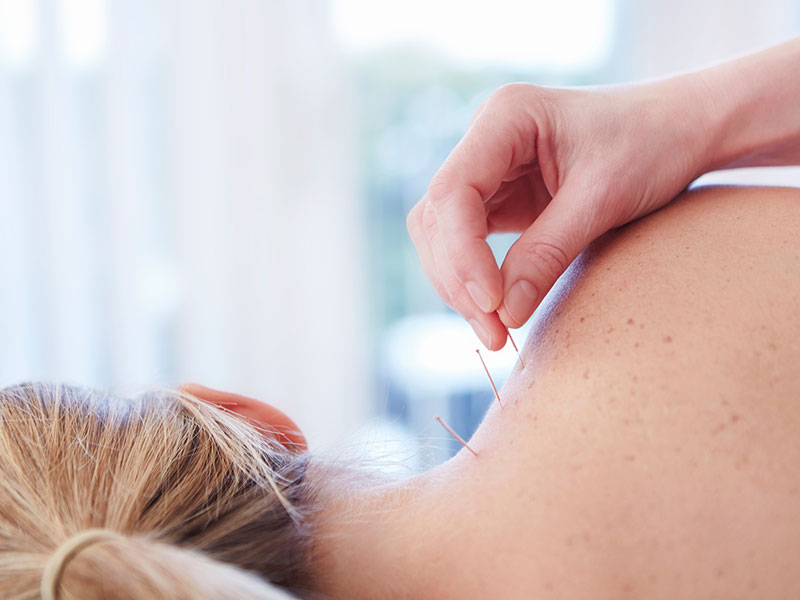
There is no special preparation required before acupuncture treatment. However, I would recommend using the bathroom before and wearing loose clothing. The process is fairly simple and delicate. First, there is the needle insertion. The needles are inserted to various depths at strategic points on your body, depending on what you and your acupuncturist have decided to heal in that session. Then you will relax and lie still for about 15 to 20 minutes with the needles in place. Soon after, your acupuncturist will return and remove the needles, which usually causes no discomfort.
Cupping
Cupping is a term for the technique that uses small glass cups or bamboo jars as suction to disperse and break up stagnation and congestion. You might know it by the round bruises you've seen on people's backs or arms. Some celebrities such as Jennifer Aniston, Michael Phelps, and Victoria Beckham have been spotted with the bruises. As I mentioned, I got cupping as an add-on to my acupuncture session. It can be done in conjunction or alone. This ancient Eastern practice is said to loosen muscles and encourage blood flow.
There are so many incredible benefits to cupping that help with my side effects and everyday needs such as relieving back and neck pains, stiff muscles, anxiety, fatigue, migraines, and even cellulite. The reason I initially looked into cupping was for respiratory conditions, which are one of the most common maladies that it is used to relieve.
One thing I didn't know about cupping upon arrival was that fire was used to create suction between the cup and your back. Your therapist will put a flammable substance such as alcohol, herbs, or paper in a cup and set it on fire. As the fire goes out, they put the cup upside down on your skin. Be prepared for mild discomfort.
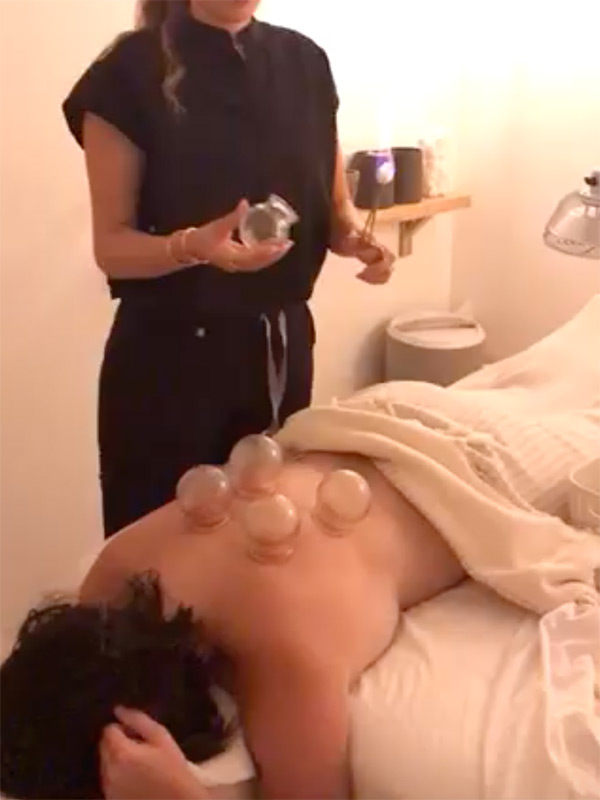
Like acupuncture, more research needs to be done on cupping's effects, but if you do decide to try it, the NCCIH says you should be mindful that in some cases, side effects including scars, burns, a worsening of eczema or psoriasis can occur. Additionally, you'll want to make sure your practitioner thoroughly sterilizes the equipment used because it can sometimes be contaminated with blood.
Reflexology
I have been getting reflexology for as long as I can remember. It was one of the first things I did upon my diagnosis with lymphoma. In reflexology, pressure is applied to specific reflex points on the foot. Did you know that every pressure point in your foot corresponds to organs and areas of the body?
Reflexology can address anything from headaches to sinus problems to stomach issues. Sometimes there will be some sensitivity or tenderness when an area/trigger point is stimulated, which usually indicates bodily weaknesses or imbalances within the corresponding organ. Reflexology can help to clear any channels of blocked energy and is said to do so through moving the flow of blood, nutrients, and nerve impulses. This ultimately improves overall health and balance.
Preparing for reflexology is quite simple. Do as you would to prepare for any massage. Remember some areas might cause more discomfort than others, kind of like kneading out a knot in your back. The end result will be worth it.
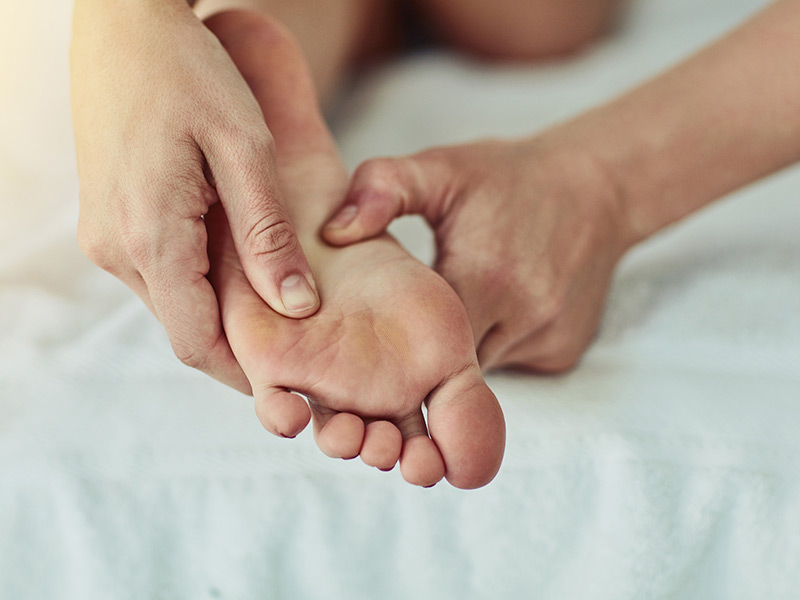
According to the NCCIH, a study found that women with advanced breast cancer saw improvement in a few symptoms such as shortness of breath but not nausea or pain after receiving reflexology treatments. The study found that the treatment was safe even for fragile patients.
Myofascial Release
This practice is fairly new to me. Having recently shared that I was experiencing discomfort in my lungs resulting from chemo I received, multiple people responded that I need to do myofascial release. I called my friend Eddy, owner of Pileddys, and told him what I was experiencing and asked if he could relieve some of my discomfort through his myofascial release practice.
Fascia is the connective tissue under our deepest layer of muscle in the entire body. Trauma and inflammatory responses create fascial restrictions that grip the muscles, nerves, organs, blood vessels, and bones. Myofascial release is said to be able to open you from the inside out.
I had a wildly emotional session with Eddy that left me not only physically better but emotionally as well. I believe that all of our organs and tissues align with our chakras, and when a part of your body is not behaving properly, it usually means that something is beneath the surface. Myofascial release does an amazing job of finding these issues and bringing them to the surface for me. Immediately after our session, I felt that my lungs were expanded.
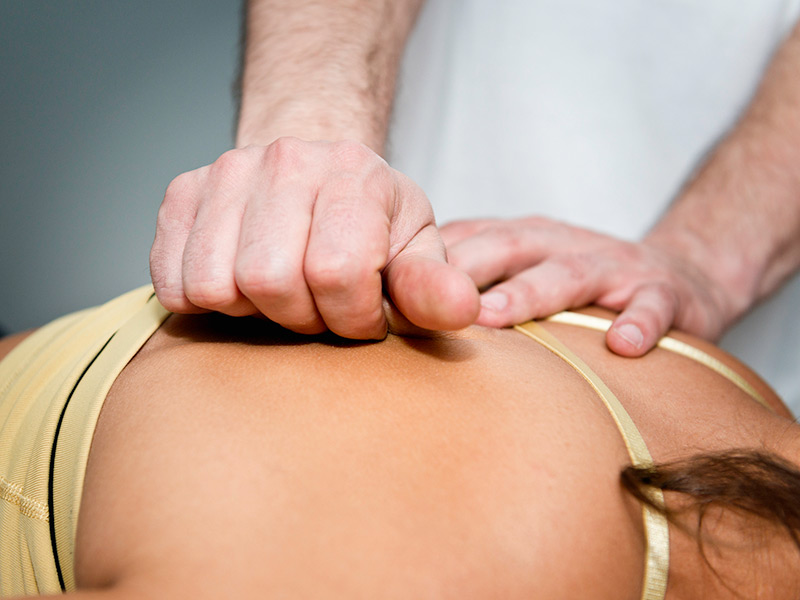
Preparing for this therapy is quite similar to reflexology. Prepare as if you were going to get a massage. It is likely you will need to remove your clothes so that the therapist can go as deep as possible without restrictions. It might be uncomfortable sometimes, but much like reflexology, the discomfort comes in the areas that need the most work.
While the side effects from chemo and day-to-day life were bringing me down, the introductions of these beneficial Eastern therapies have really brought to light the internal issues I need to pay attention to physically. I feel so much better emotionally and physically since starting these practices. Just a tip: Check in with your insurance because most of these therapies are covered!
Have you tried any of these practices? Send me a DM on Instagram at @radiantracheli and share your experience with me!
Next up: Why I Started Pole Dancing After Beating Cancer
Disclaimer
This article is provided for informational purposes only and is not intended to be used in the place of advice of your physician or other medical professionals. You should always consult with your doctor or healthcare provider first with any health-related questions.

